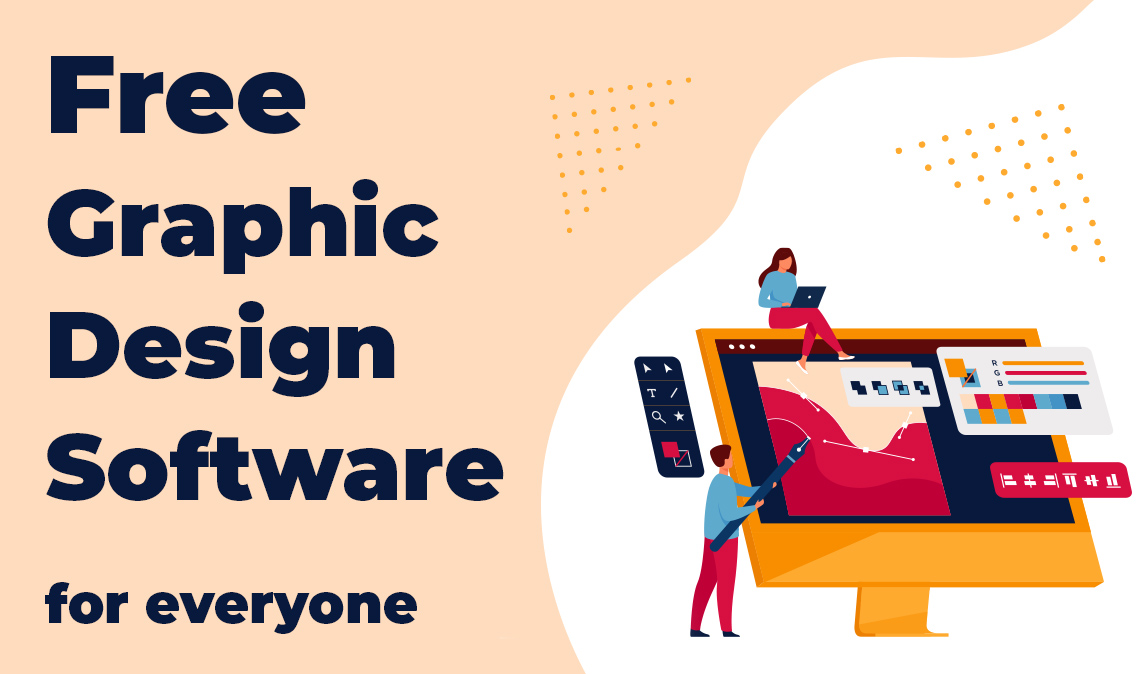Shop At Haya: Your Ultimate Shopping Guide
Discover the best shopping tips, trends, and deals for a smarter buying experience.
Design Software: Turning Thoughts Into Tangible Creations
Discover how design software transforms your ideas into stunning creations—unleash your creativity today!
Top 5 Design Software Tools for Turning Ideas into Reality
In today’s fast-paced digital landscape, having the right tools is essential for designers looking to turn their ideas into reality. Here are the top 5 design software tools that can help creatives streamline their workflows and enhance their productivity. Whether you’re working on graphic design, product design, or UI/UX projects, these tools offer features that cater to a variety of design needs.
- Adobe Creative Cloud: A well-rounded suite that includes popular applications like Photoshop and Illustrator, perfect for detailed designs.
- Sketch: This tool is particularly favored for UI and UX design, offering a user-friendly interface that helps visualize ideas quickly.
- Figma: A browser-based design tool that allows for real-time collaboration among team members, making it ideal for group projects.
- Canva: Great for beginners, Canva offers a drag-and-drop interface and numerous templates for quick design execution.
- Blender: An open-source 3D design tool that is powerful for creating animations and visual effects.

How to Choose the Right Design Software for Your Creative Projects
Choosing the right design software for your creative projects is crucial for bringing your ideas to life. Start by assessing your specific needs: are you focusing on graphic design, video editing, or web development? Each discipline has its own set of requirements, and not all software is created equal. Make a list of features that are most important to you, such as ease of use, compatibility with other tools, and available templates. This will help narrow down your options and ensure you select software that complements your creative process.
Additionally, consider the budget and learning curve associated with each software option. Many programs offer free trials, allowing you to explore their features before making a commitment. Check for community support and resources like tutorials and forums, as these can greatly enhance your learning experience. By thoroughly researching and testing your options, you can confidently choose the right design software that not only meets your project requirements but also inspires your creativity.
Common Mistakes to Avoid When Using Design Software
When using design software, one of the common mistakes to avoid is neglecting the importance of proper training and tutorials. Many beginners dive straight into the software without understanding its features or functionalities. This can lead to frustration and suboptimal results. It is crucial to invest time in learning the tools at your disposal. Consider utilizing resources such as video tutorials, online courses, or even in-software help guides to enhance your skills.
Another frequent error is failing to maintain an organized workspace. Disorganized files, layers, and design elements can lead to chaos and confusion. Always practice good file organization by naming layers and groups appropriately and regularly saving your work to avoid data loss. Additionally, consider implementing a consistent naming convention and folder structure that makes it easy to locate assets when needed. By doing so, you will streamline your workflow and enhance your productivity significantly.